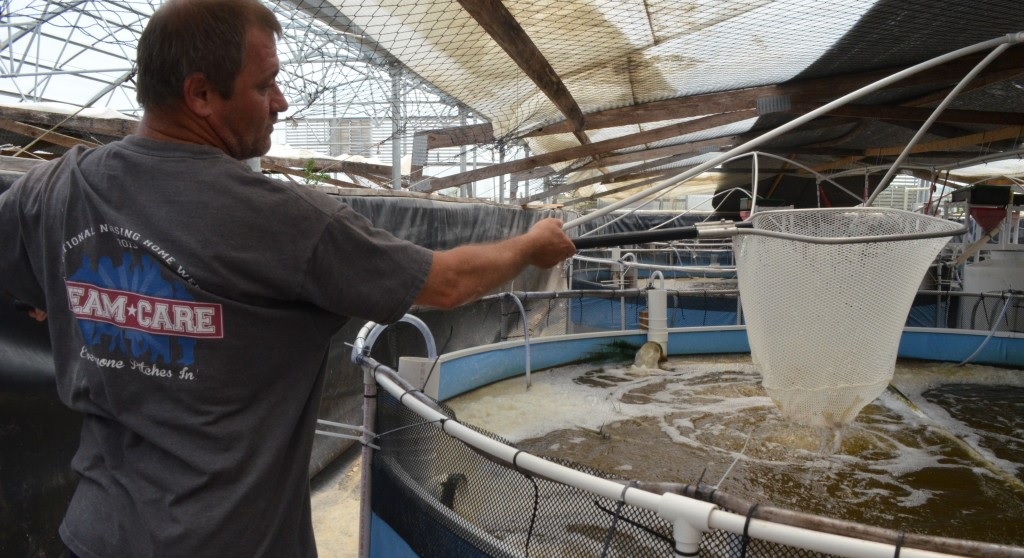WASHINGTON—Americans love their seafood, but it may come as a shock to people when they hear that about 90 percent of shrimp sold in the U.S. is imported from overseas.
It’s the number one seafood consumed in the United States, and only nine percent is domestically harvested.
Americans ate more than four pounds of shrimp per person in 2011, according to National Oceanic and Atmosphere Administration.
One reason why the U.S. imports most of its shrimp is because it has a weak aquaculture system—the farming of aquatic organisms—compared to other countries.
“The U.S. has concentrated on having some of…the best managed wild captured fisheries in the world,” said Gavin Gibbons, communications director at the National Fisheries Institute. “We haven’t really produced on a wide economical scale aquaculture operations the way other countries have, particularly countries in Asia.”
At the request of the Coalition of Gulf Shrimp Industries, the International Trade Commission led an investigation last year to determine whether imported shrimp is harming the domestic shrimp business. The ITC subsequently said Gulf shrimpers were not injured by the imports and the agency would not impose any additional duties on frozen shrimp from China, Ecuador, India, Malaysia and Vietnam.
Gibbons said imported shrimp and domestic shrimp are not actually competing for the same market.
“If you’re a restaurant that sources imported farm shrimp, you’re looking for a steady supply of a uniform product, meaning size, shape and quality, at a predictable price,” Gibbons said. “Domestic wild caught shrimp is seasonal. It varies in size, it varies in quality and it varies in price. So if you’re looking at iconic gulf shrimp to feature in your store or feature in your menu, you’re not sourcing them interchangeably.”
Curbing imports would probably not have a huge impact on domestic shrimp prices.
“Gulf shrimp would not have the ability to be harvested at a rate that could simply fill that missing volume…shrimp prices would certainly go up, but they would meet their ceiling fairly quickly because right now, it’s a fairly expensive product as it is,” Gibbons said.
With a growing number of shrimp farms popping up in the U.S., looking for new export markets might help the U.S. stay competitive in the global seafood market.
“In order to grow, you have to have market that can meet your price point,” Gibbons said. “The growing middle class in China, for instance, has been one of those markets in recent history that has been able to absorb those kinds of products.”

